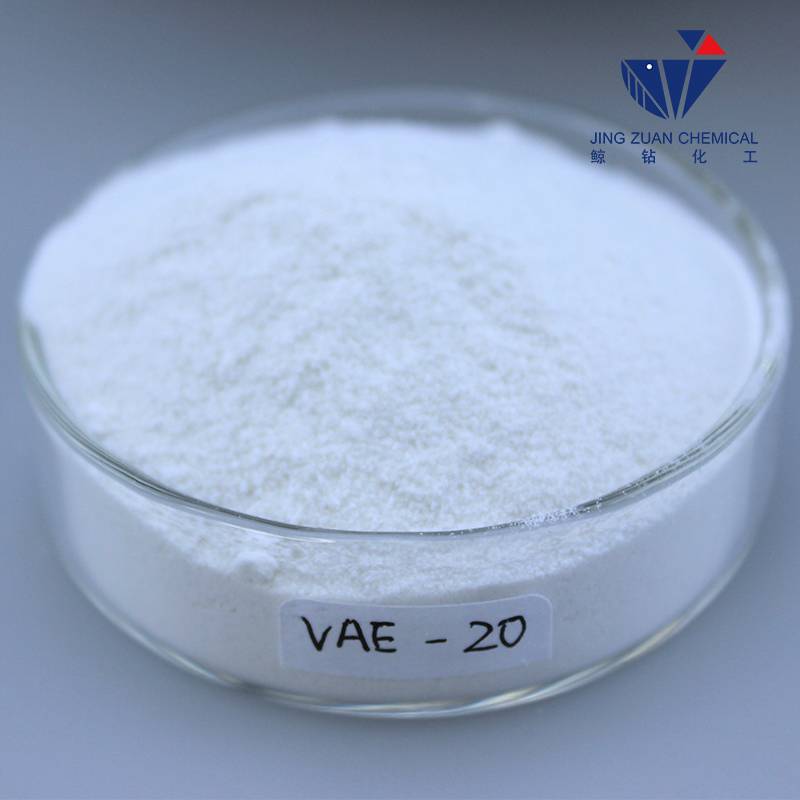
Sep . 09, 2024 12:46 Back to list
grades of hpmc
Understanding the Grades of HPMC and Their Applications
Hydroxypropyl Methylcellulose (HPMC) is a versatile cellulose ether that has gained significant attention in various industries due to its unique properties. It is derived from cellulose, a natural polymer found in the cell walls of plants. The grades of HPMC are characterized by their different viscosity levels, chemical compositions, and solubility, which determine their specific applications.
Understanding the Grades of HPMC and Their Applications
In the pharmaceutical industry, HPMC is widely used as an excipient in drug formulations. It serves as a binder, disintegrant, and film-coating agent. The choice of grade is crucial; for instance, high viscosity HPMC is often preferred for sustained-release formulations because it helps to control the drug release rate. Low viscosity grades, on the other hand, may be employed in immediate-release tablets to ensure rapid disintegration.
grades of hpmc

In the food industry, HPMC acts as a thickener and emulsifier, enhancing the texture and stability of food products. Its ability to retain water makes it particularly useful in low-fat or reduced-calorie formulations, allowing manufacturers to achieve a desirable mouthfeel while cutting down on fat content. Different grades of HPMC can be selected based on the specific textural properties desired in a food product.
Additionally, HPMC has significant applications in the construction industry as a functional additive in mortars and plasters. It improves workability, water retention, and adhesion, which are essential for ensuring the durability and performance of construction materials. The correct grade of HPMC can greatly influence the properties of the final product, making it vital for manufacturers to choose wisely.
Overall, the grades of HPMC play a critical role in determining its functionality across various sectors. By understanding the characteristics of each grade, industries can tailor their products to meet specific performance requirements, thereby optimizing their formulations for enhanced efficacy and consumer satisfaction. As research continues to explore new applications and formulations, HPMC remains a key ingredient in innovation across multiple disciplines.
-
Versatile Hpmc Uses in Different Industries
NewsJun.19,2025
-
Redispersible Powder's Role in Enhancing Durability of Construction Products
NewsJun.19,2025
-
Hydroxyethyl Cellulose Applications Driving Green Industrial Processes
NewsJun.19,2025
-
Exploring Different Redispersible Polymer Powder
NewsJun.19,2025
-
Choosing the Right Mortar Bonding Agent
NewsJun.19,2025
-
Applications and Significance of China Hpmc in Modern Industries
NewsJun.19,2025







